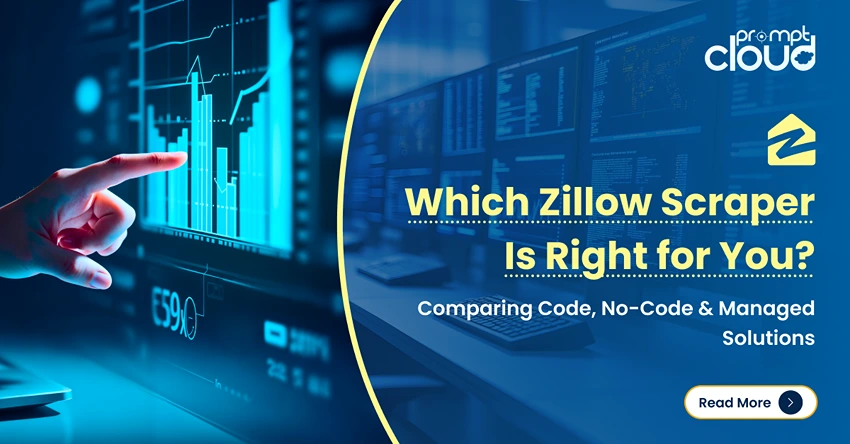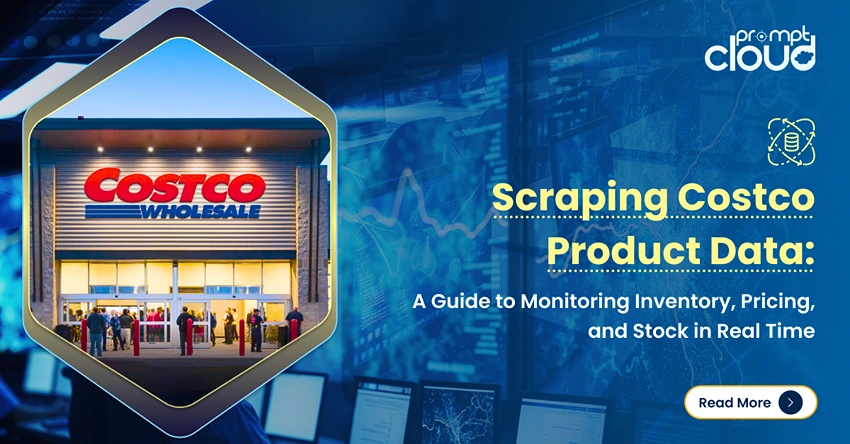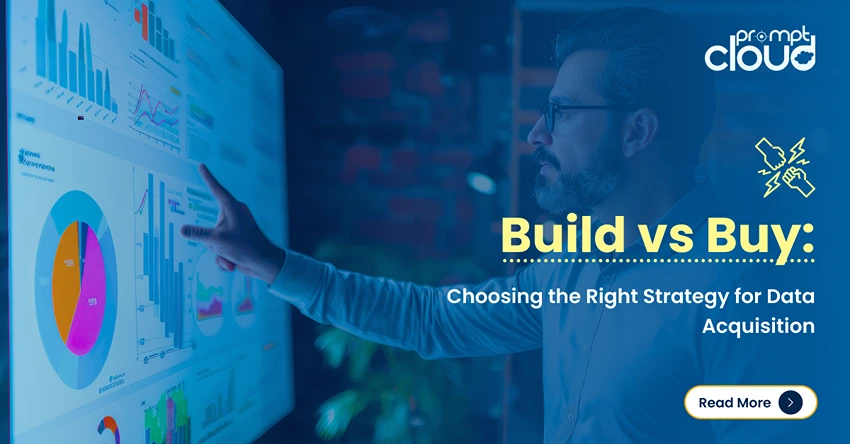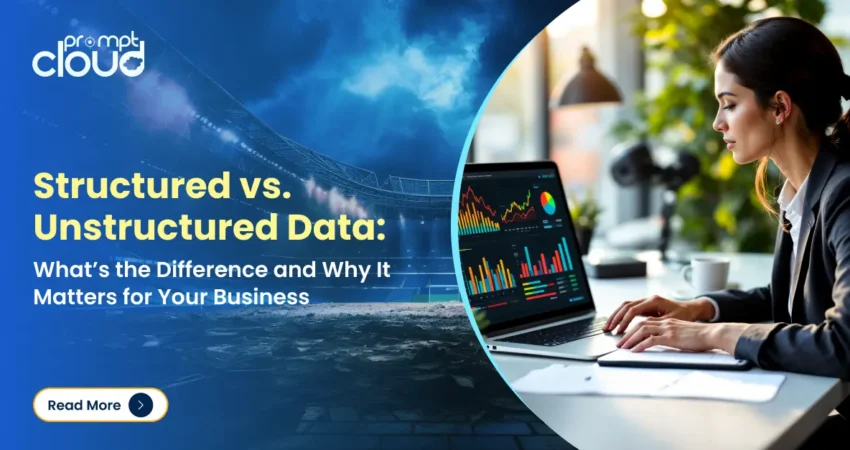
In today’s fast-paced, data-driven world, businesses generate and collect vast amounts of information daily. From sales transactions and customer feedback to website analytics and social media interactions, this data holds immense potential for driving insights and strategic decisions. However not all data is created equal.
To harness the true power of data, businesses must first understand the distinction between structured vs unstructured data. This fundamental knowledge not only clarifies how data can be organized and processed but also reveals the tools and strategies needed to extract actionable insights.
If you’ve ever wondered how structured and unstructured data differ, why they matter, or how they can transform your business operations, this guide is for you.
What is Structured Data?
To harness the true power of data, businesses must first understand the distinction between structured vs unstructured data. Structured data refers to information that is organized and formatted in a predefined manner, typically stored in rows and columns within relational databases. Think of it as data that fits neatly into a spreadsheet, where each field has a specific purpose.
Examples of structured data include:
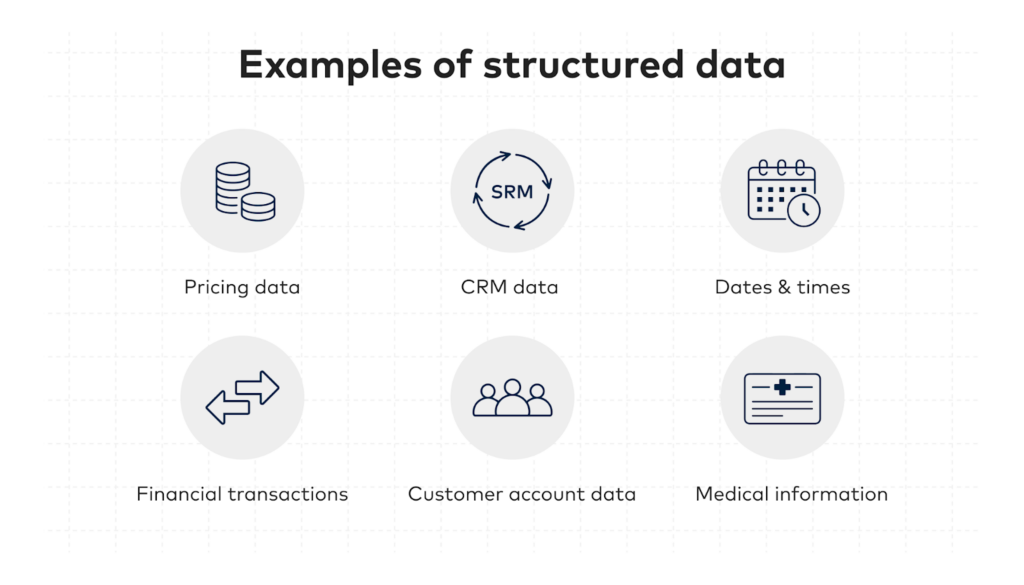
Source: fivetran
- Customer names and contact details in a CRM.
- Sales figures and financial reports.
- Product SKUs and inventory records.
The key feature of structured data is its ease of storage, retrieval, and analysis using tools like SQL or Excel. Because of its organized nature, structured data is ideal for generating reports, performing trend analyses, and making data-driven decisions.
What is Unstructured Data?
To harness the true power of data, businesses must first understand the distinction between structured vs unstructured data. Unstructured data, on the other hand, refers to information that doesn’t have a predefined format or structure. It often includes diverse content types like text, images, videos, and audio files, making it more complex to analyze.
Examples of unstructured data include:
- Social media posts and customer reviews.
- Emails and chat conversations.
- Video recordings, images, and IoT sensor data.
Unlike its structured counterpart, unstructured data doesn’t fit neatly into rows and columns. Extracting insights from it often requires advanced technologies like natural language processing (NLP), machine learning, and AI-powered tools.
Why Structured vs Unstructured Data Matters for Your Business?
Source: prime46
Structured Data: The Backbone of Operational Efficiency
Structured data forms the core of routine business operations. It provides clarity and consistency, enabling organizations to:
- Track performance: Analyze sales metrics, monitor financial KPIs, and assess operational efficiency.
- Streamline processes: Automate workflows, like inventory management or payroll processing, using structured datasets.
- Enhance reporting: Generate dashboards and reports to support decision-making.
For example, a retailer using structured data can efficiently manage inventory levels, predict seasonal demand, and optimize supply chain logistics.
Unstructured Data: The Key to Competitive Advantage
Unstructured data, while more challenging to process, holds untapped potential for businesses willing to invest in advanced analytics. It enables organizations to:
- Understand customer sentiment: Analyze social media comments, reviews, and survey responses to gauge customer satisfaction and identify trends.
- Personalize experiences: Use insights from emails or chat logs to tailor offerings and improve customer engagement.
- Predict market trends: Leverage video analytics, satellite imagery, or IoT data to forecast industry shifts.
For instance, a hospitality company analyzing unstructured customer reviews could identify areas for service improvement, enhancing guest satisfaction and loyalty.
The Power of Combining Structured and Unstructured Data
In a world where data is king, relying solely on one type – structured or unstructured—limits your potential. The true value lies in integrating these datasets to create a holistic view of your business.
Consider this example:
- A retail chain uses structured data to track in-store sales performance.
- They complement it with unstructured data from social media, where customers discuss their shopping experiences.
By combining these insights, the retailer gains a comprehensive understanding of what drives sales and customer satisfaction, leading to more informed strategies.
PromptCloud specializes in delivering both structured and unstructured datasets, empowering businesses to build a unified data ecosystem for better decision-making.
How PromptCloud Helps Businesses Leverage Structured and Unstructured Data?
PromptCloud is at the forefront of enabling businesses to harness the full potential of their data, whether structured or unstructured. Here’s how we do it:
1. Structured Data Solutions
PromptCloud provides businesses with clean, structured datasets from various sources, such as e-commerce websites, financial platforms, and more. These datasets are ready for immediate use, enabling streamlined operations and faster insights.
Use Case: An e-commerce company relied on PromptCloud to scrape structured product data, including SKUs, prices, and descriptions. This enabled them to optimize pricing strategies and improve their catalog management.
2. Unstructured Data Solutions
Our advanced web scraping and data extraction technologies make it possible to process unstructured data from diverse sources like social media, reviews, or multimedia content. We transform this data into actionable insights using AI-powered analytics.
Use Case: A global hospitality chain used PromptCloud to analyze unstructured customer reviews across platforms. By identifying recurring complaints and positive feedback, they improved their services and boosted customer satisfaction scores.
3. Integration for Holistic Insights
PromptCloud doesn’t just stop at collecting data. We help businesses integrate structured and unstructured datasets to deliver a 360-degree view of their operations and markets.
Use Case: A financial services firm combined structured data from their CRM with unstructured data from news feeds and social media. This integration allowed them to predict market sentiment and make more informed investment decisions.
Why Structured and Unstructured Data Are the Future?
In the digital era, businesses must go beyond traditional metrics and embrace the vast possibilities offered by unstructured data. The ability to analyze both structured and unstructured datasets is what separates forward-thinking companies from the rest.
PromptCloud’s tailored solutions enable businesses to bridge the gap between these data types, unlocking deeper insights, greater efficiency, and a competitive edge.
Conclusion:
Understanding the difference between structured vs unstructured data is just the beginning. To truly harness the power of both, you need a partner who can deliver reliable, scalable, and actionable data solutions.Ready to take your data strategy to the next level? Let PromptCloud help you integrate structured and unstructured data for smarter decision-making and unparalleled results. Talk to Our Experts Today












